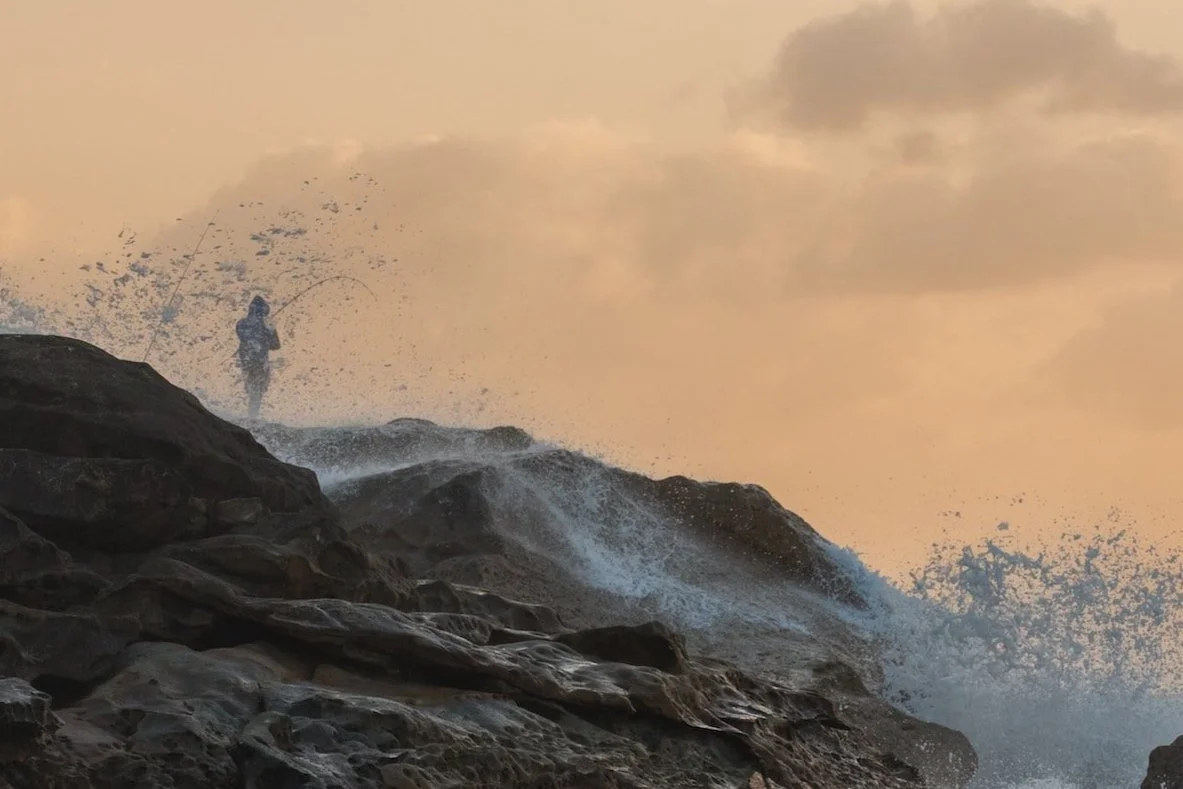Mandatory Lifejackets for Rock Fishing
Coastal locations represent a significant proportion of the Australian burden of drowning.
The National Coastal Safety Report 2022 revealed that 122 coastal drowning deaths are recorded on average each year, while last year recorded 141 – the highest number since record keeping began.
Rock fishing consistently records the third highest number of drowning deaths each year, but is touted as Australia’s most dangerous coastal activity with an average of 12 rock fishers fatally drowning annually. When participation exposure is considered, rock fishing records a drowning rate of 16.76 per 100,000 fishers, second only to SCUBA diving (a rate of 43.43/divers). Despite reductions in fatal drowning rates observed since 2004/05, rock platforms are the only location to have reported an increase.
Legislation has effectively reduced drowning fatalities in Australia in some areas. Lifejackets have been recommended as the primary drowning risk reduction strategy for rock fishers, but still lifejacket wear rates remain low.
In 2016, New South Wales enacted legislation governing lifejacket wear while rock fishing was introduced. The Rock Fishing Safety Act 2016 No 66 mandates that those fishing (including children and others helping to fish) and from rocks at a declared area (i.e., high risk rock fishing locations) must wear an appropriate lifejacket. Fines (AU$100) can be issued to anyone fishing in a declared area without an appropriate lifejacket.
Declared areas in this study comprise high-risk rock platforms across the following eight local government areas (LGAs) where councils have opted to make lifejackets mandatory: Ballina Shire, Central Coast, Lake Macquarie, Northern Beaches, Port Stephens, Randwick, Richmond Valley and Sutherland Shire.
This preliminary collaborative study between SLSA and UNSW Sydney, published in Injury Prevention, is the first in Australia to explore the impact of mandatory lifejacket legislation on rock fishing unintentional drowning deaths. Our research sought to assess the impact of lifejacket legislation on NSW rock fishing unintentional drowning deaths since it was introduced by comparing the incidence of rock fishing drowning deaths from the five years prior to the legislation being introduced to the five years post-legislation enactment.
The results of this research identified that rock fishing unintentional drowning deaths at declared areas have reduced in the five years since legislation was implemented, although this reduction was not statistically significant. Increased enforcement of fines, and extension of legislated declared locations may increase efficacy. We recommend future research to better understand rock fisher attitudes and perceptions regarding safety and lifejacket legislation, determinants driving rock platform choice for fishing, and lifejacket wear compliance on rock platforms in declared areas, as well as state-wide, or nationally as other states enact similar legislation.
Read the research paper here: Peden AE, Daw S, Lawes JC. (2022) Preliminary evaluation of the impact of mandatory life jacket laws at declared high-risk rock platforms on unintentional rock fishing-related drowning deaths. Injury Prevention.
To understand more about coastal safety, how to keep yourself safe and to find your nearest patrolled beach, visit www.beachsafe.org.au or download the BeachSafe APP.
For all the latest coastal safety information – click here for the National Coastal Safety Report 2022 or the Coastal Safety Brief – Rock Fishing.
Key Rock Fishing Safety Messages:
Adopt a STOP, LOOK, PLAN approach to your next rock fishing trip:
STOP
Observe first, fish later. Be sure to check for:
Waves
Swell period
Slippery rocks
LOOK
Seek advice from locals and regular fishers
For larger waves in the swell cycle
Watch for changing weather and tides
PLAN
Let someone know where you’re planning to go and when you plan to be back
Always wear a lifejacket
Wear appropriate non-slip footwear and lightweight clothing
Have an exit strategy in case you’re swept in
No one plans to get in trouble, but if you do find yourself in an emergency:
Dial 000 on your mobile or go to get help
Do NOT jump in if someone is washed into the water
If possible use a rope of something that floats to throw to the person
If you are swept into the water don’t panic. Stay calm and swim away from the rocks
If there is an angel ring nearby, know how to use it

